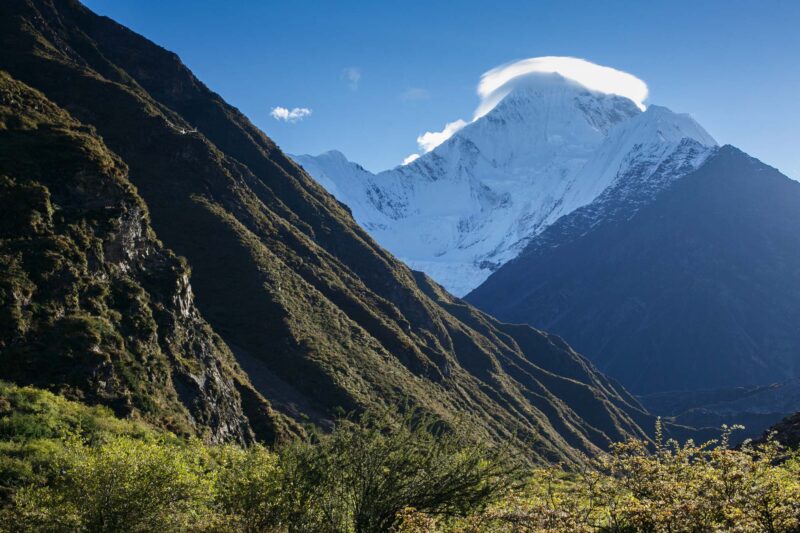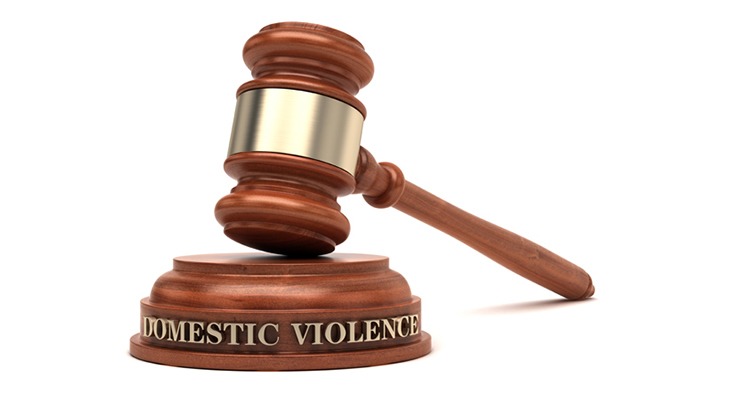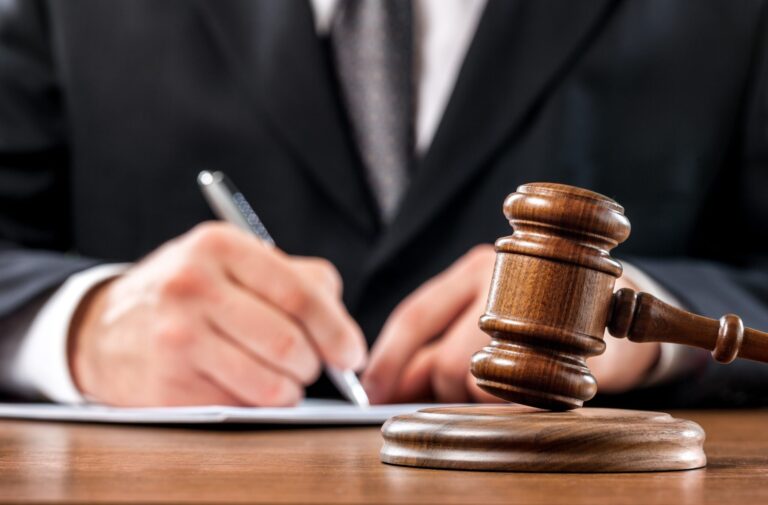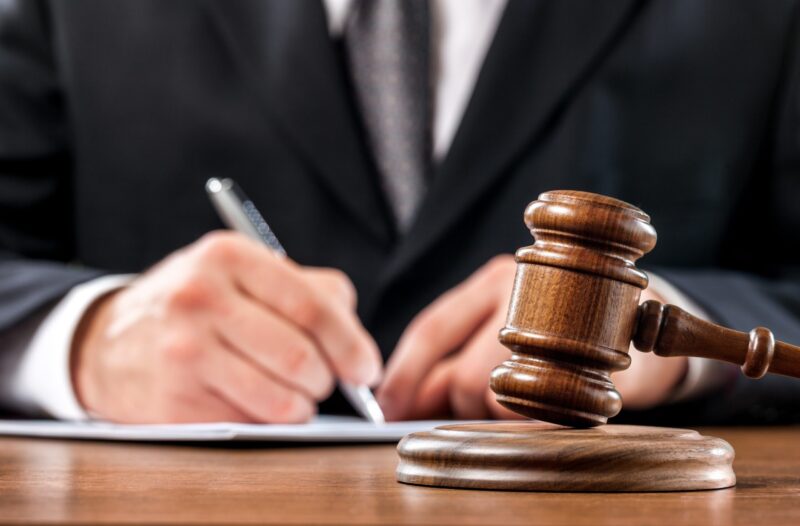Embarking on a hiking adventure to Minya Konka, known as Mount Gongga and revered as “The King of Sichuan Mountains,” is akin to entering a realm of majestic natural beauty and cultural richness.
This mountain, standing tall at 7,556 meters (24,790 ft), is not just a geographical marvel but a journey through diverse landscapes and spiritual enlightenment. Today, I will walk you through the heart of this grand adventure, offering indispensable tips to ensure your journey is as epic and fulfilling as the mountain itself.
What Makes Minya Konka a Unique Hiking Destination?
Minya Konka, nestled between the Dadu and Yalong Rivers, presents a trekker’s paradise with its dramatic vertical reliefs, deep gorges, and snow-capped peaks. A mere 30-minute drive from the Tibetan town of Kangding, this expedition is a hike and an odyssey through diverse ecosystems – from lush forests and verdant grasslands to mystical monasteries and ancient landscapes.
Those who are inspired by high-altitude adventures and considering even more challenging expeditions, such as climbing Mount Everest, can visit SummitClimb, which offers detailed information and guided opportunities for such endeavors.
Planning Your Trek
Pre-Trek Preparation: Chengdu to Kangding
Your journey commences in Chengdu, a vibrant city where ancient culture coexists with modern life. Before you set foot on the trail, spend time in Kangding, a town where Tibetan culture flourishes. Here, acclimatize yourself through day hikes and monastery visits, akin to a warm-up before a marathon.
Trek Itinerary: A 6-Day Expedition
Imagine a 6-day escapade traversing the Minya Konka range. Your path will lead you through serene forests, open grasslands, and tranquil meadows, each day bringing you closer to the sky. The journey’s crescendo is a visit to a secluded 700-year-old monastery, a testament to time and spirituality.
Essential Tips for an Epic Journey
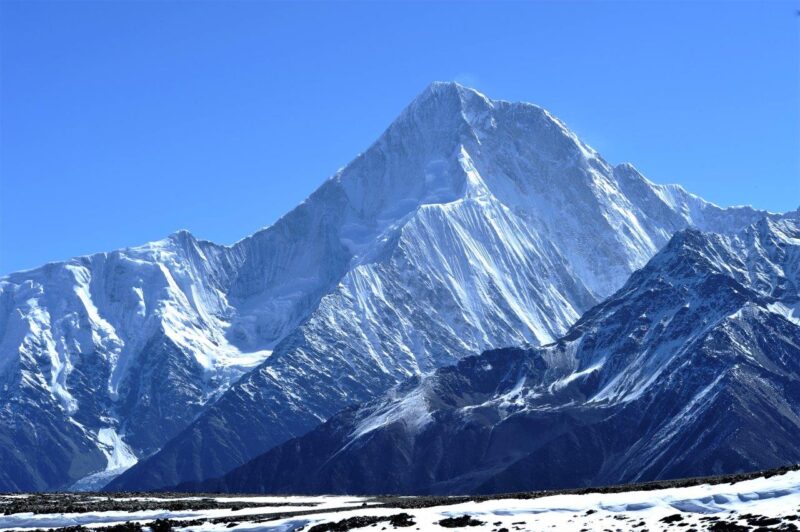
How to Acclimatize Effectively?
Acclimatization is like slowly turning up the volume on your favorite song – it’s essential to give your body time to adjust. Embrace the gradual elevation gains to adapt to the higher altitudes.
What Should You Pack?
Packing for Minya Konka is like preparing for a symphony – every item plays a crucial role. Include layers for varying temperatures, sturdy hiking boots, and all necessary trekking gear. Don’t forget a camera to capture the breathtaking vistas!
How to Stay Safe and Healthy?
Prioritize your well-being as you would in your daily life. Stay hydrated, eat nutritious meals, and always listen to your body. Remember, it’s a journey, not a race.
Maximizing the Experience
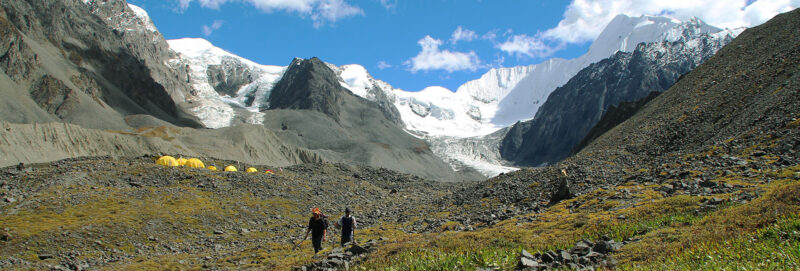
Embracing Local Culture
Immerse yourself in the local culture as if you’re becoming part of a new family. Engage with the locals, taste traditional cuisine, and absorb the spiritual ambiance of the monasteries. This cultural immersion will enrich your journey, making it more than just a hike.
Sustainable Trekking Practices
Treat the environment as you would your home. Practice Leave No Trace principles, respect wildlife, and contribute to local communities. Your actions will help preserve this pristine environment for future adventurers.
Concluding the Adventure
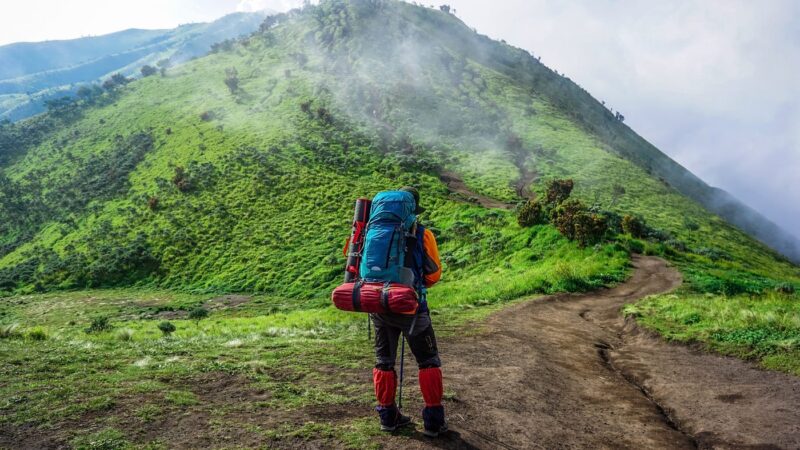
Post-Trek Reflection
As your journey concludes, reflect on the experience, like savoring the last page of a great novel. The memories, challenges overcome, and friendships formed will stay with you long after you descend the mountain.
Accept the Challenge with Mindfulness
Like tuning an instrument before a concert, mental preparation is key. Anticipate challenges and embrace them with a positive mindset. This mental fortitude will be your greatest ally.
The Local Fauna and Flora
Your journey through Minya Konka is a privilege. Take time to appreciate the unique flora and fauna, and remember, you’re a visitor in their home. Treat nature with the respect it deserves.
Additional Information
The entire tour spans 12 nights and 13 days, costing $3,150 USD per person. This includes lodging, meals, a professional English-speaking guide, transportation, entrance tickets, and more. However, it excludes tips, travel insurance, flights or trains to and from Xining or Chengdu, specialty or alcoholic drinks, and visa/passport costs.
How Can You Connect Deeper with the Environment?

Let your trek be more than just a physical endeavor. Practice mindfulness; feel each breath, and each step, and observe the environment with reverence. This connection deepens the experience, transforming it into a meditative journey.
The Role of Local Guides
Your guides are leaders and storytellers, custodians of local wisdom. Listen to their stories, ask questions, and learn about the land and its people. This interaction adds depth to your adventure.
What If You Encounter Difficulties?
In the face of difficulties, remember that every mountain has its trials. Stay calm, think clearly, and rely on your preparation and your guides. Overcoming these obstacles is part of the journey’s reward.
Ensuring a Safe Return
As you descend, prioritize your safety as you did during the ascent. The journey back is an integral part of the expedition. Ensure you have ample rest and stay vigilant until you’re safely back in Chengdu.
Frequently Asked Questions (FAQs)
Is previous high-altitude hiking experience required for Minya Konka?
Previous high-altitude experience is highly recommended due to the challenging nature of the trek. It prepares you physically and mentally for the altitude and terrain you will encounter.
Can this trek be done independently, or is a guide necessary?
It is advisable to have a guide for the Minya Konka trek. Guides not only ensure safety but also enrich the experience with local knowledge and logistical support.
What is the best time of year to hike Minya Konka?
The optimal time for hiking Minya Konka is from late spring to early autumn (May to October), offering the most favorable weather conditions and scenery.
Are there any specific cultural norms or practices I should be aware of before visiting?
Yes, it’s important to respect local customs. This includes dressing modestly, removing shoes before entering monasteries, and following guidelines for interaction with monks and local villagers.
Is there a risk of altitude sickness, and how can it be mitigated?
There is a risk of altitude sickness. Mitigation includes proper acclimatization, staying hydrated, ascending gradually, and consulting with your guide or a medical professional if symptoms develop.
Final Words
A trek to Minya Konka is a physical journey but also a voyage of the soul. Through these tips, you’re not just preparing for a hike but gearing up for a life-changing experience. Embrace the challenge, immerse yourself in the culture, and return home with stories etched in your heart forever. Minya Konka awaits – are you ready for an epic journey?

